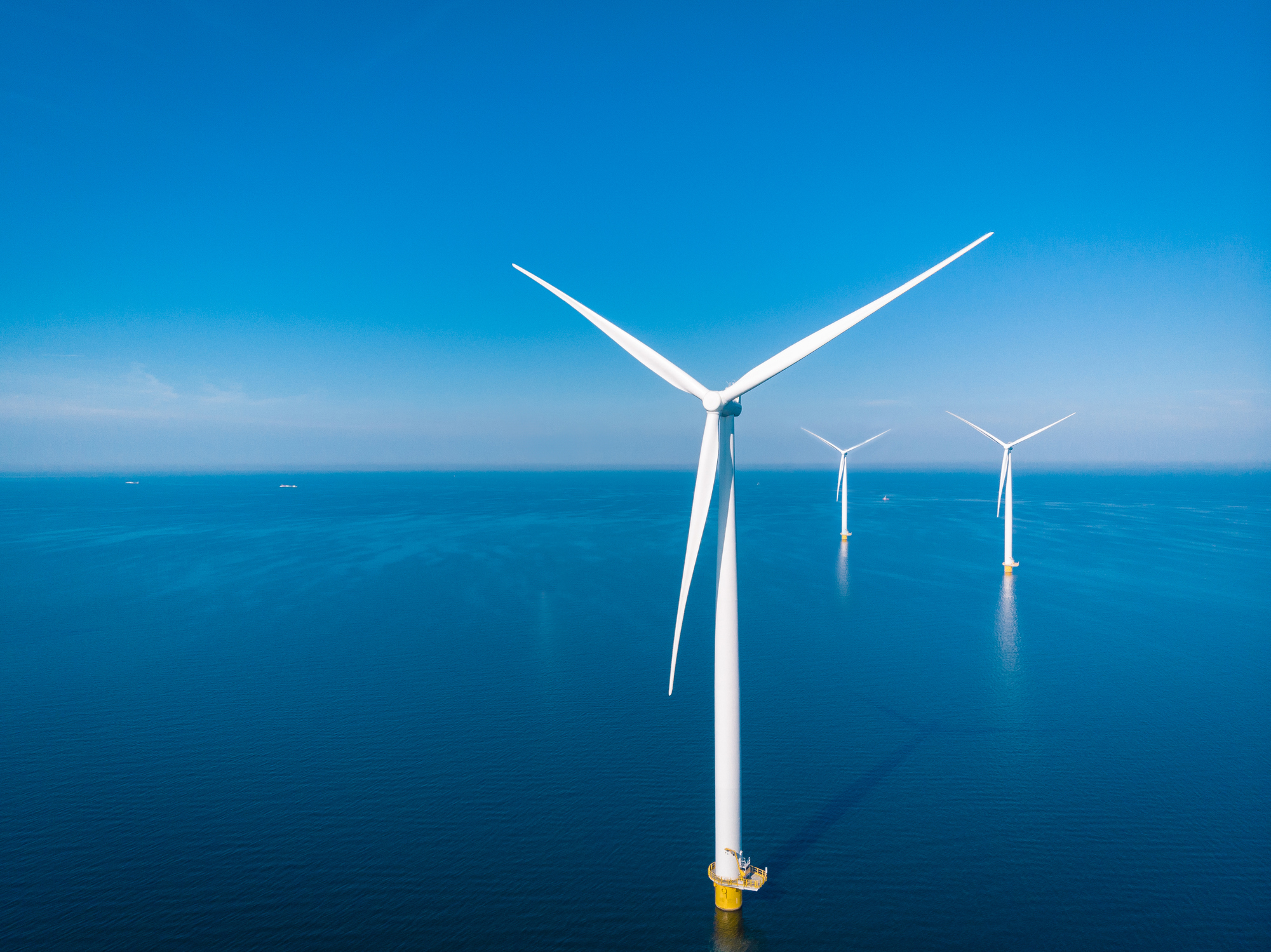In early September 2024, Offshore Transfer Devices (OTD) conducted a demonstration using its Tube Docking Device (TDD) at RWE’s Rhyl Flats wind farm in conditions that saw a maximum of 1.5 m wave height. The demonstration was a culmination of an innovator support project delivered through the OWA programme. The project supported OTD in installing and testing the TDD onboard a 15m South Boat CTV, as well as in designing and installing an integrated personnel access platform for technician transfer. The demonstration was attended by several members of the Logistics and O&M technical working group of the OWA including RWE, Scottish Power, Vattenfall, Ørsted, as well as Pelergy and Chartwell Marine, the designer and developer of the bespoke TDD personnel gangway.
The demonstration, undertaken in changeable conditions, showcased the stability that the TDD can provide for technician transfer, with several approach and push on procedures being performed. Despite the conditions, which were above the operational limit for the vessel using a conventional fender arrangement, once pushed on using the TDD there was minimal movement along the ladder rung. The vessel was able to maintain a stable platform, negating any possible slips and unpredictability with the conditions. During this demonstration, the vessel reduced its propulsion power by up to 50% while maintaining a continuous grip, which reduces CO2 emissions for prolonged push on activities.
Ahead of the demonstration and as part of the project, the device was tested during an earlier trial period at Rhyl Flats Windfarm. The vessel and its integrated personnel access system allowed for push on tests maintaining a stable platform in conditions of up to 2m Hs.
The TDD holds significant potential to benefit larger and smaller operational craft by increasing safety and operability for personnel transfer as well as increasing weather windows. The TDD also offers fuel savings, which could be of significant benefit not only to conventional vessels, but to electrified CTVs in the future. The TDD’s successful design, installation and testing demonstrates the importance of supporting innovation. The funding provided by the OWA has allowed for TDD to reach a major milestone in its development and has demonstrated its potential to change offshore wind access for the future.






